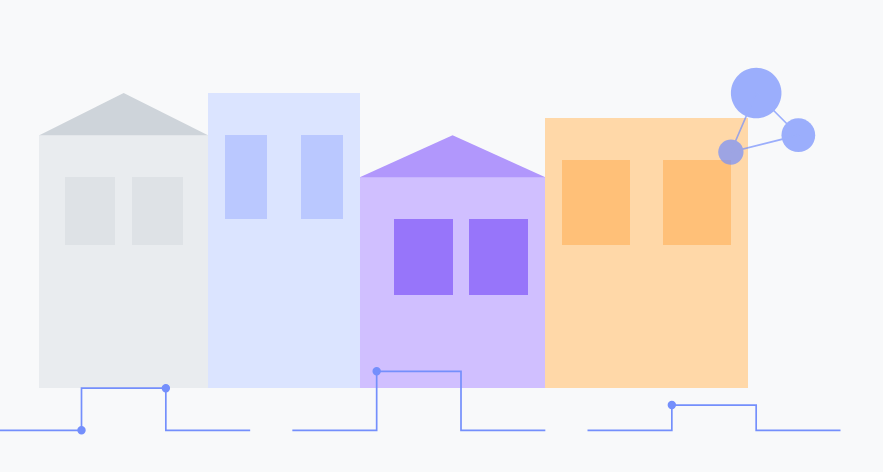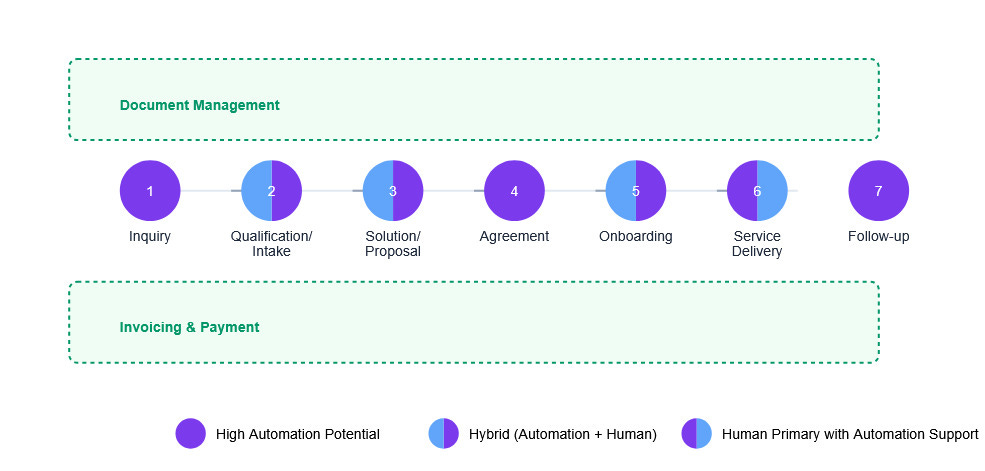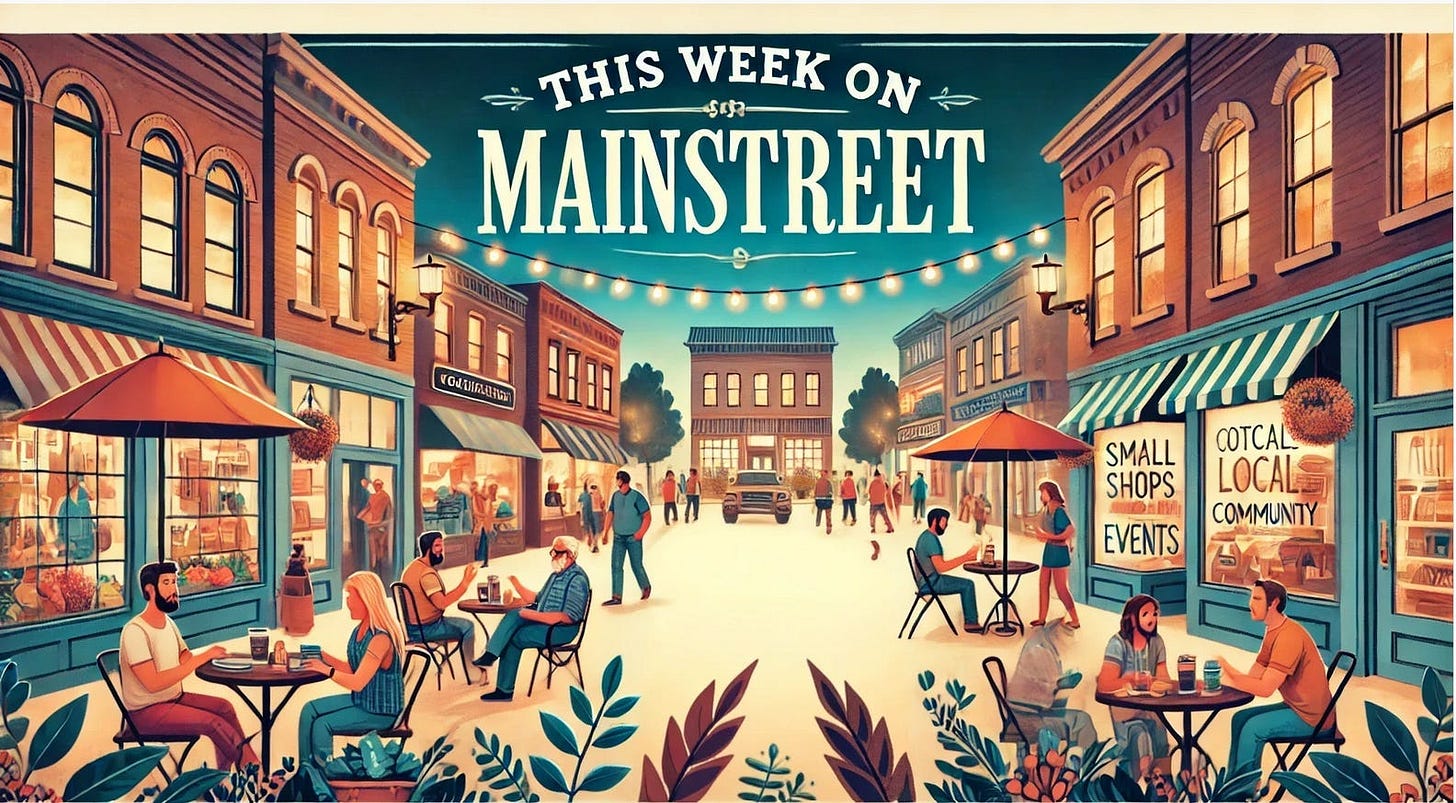MAINSTREET CHAMPIONS PT. 2
Champions plan their work and then work their plan. The radio crackled with urgency, and before our guide could even translate the chatter, our Land Cruiser was speeding ahead, kicking up a cloud of dust as we raced toward the next sighting. Rounding a bend, we saw a scattering of dusty green look alike vehicles, with tourists eagerly pointing cameras and phones at a massive male lion lounging in the shade beneath a tree, just feets from the road. The lion barely acknowledged our arrival, freshly sated from devouring a buffalo carcass. It was my first game drive, and I was ecstatic to see one of the Big Five up close. On our drive back I began asking our guide how lions execute such a perfect hunt. He explained that lions meticulously study their surroundings—patrolling their territory and tracking prey patterns—to coordinate a perfectly timed and successful attack. In other words, lions plan every move with precision before they work their plan.
This observation offers a powerful lesson for businesses looking to harness AI effectively. To get the most out of AI, you must first know exactly what you want from it. It isn’t enough to simply invest in a tool or hire a consultant; small businesses must take the time upfront to map out and understand their customer journey from end to end. In part one of this series, we introduced the concept of a Virtual Front Office (VFO) — a single point of entry designed to automate customer engagement and drive business value. To roll out a VFO that delivers real ROI, the essential first step is to clearly outline your customer journey, just as a lion studies its terrain before the hunt.
Plan Your Move
Every business has a unique customer journey, and before implementing AI, it’s essential to map out the full process from first contact to service completion and follow-up. Start by mapping out the journey end to end, identifying every step a customer goes through when interacting with your business. Next, identify which parts of the journey are repetitive and manual, such as responding to inquiries, scheduling appointments, or sending follow-up emails. These are prime opportunities for full automation. Then, pinpoint areas where human input is still needed but could be made more efficient with AI, like drafting proposals, collecting customer information, or guiding onboarding. These are areas where AI can amplify human effort rather than replace it. Finally, recognize the parts where human connection is crucial, such as personalized service delivery and relationship-building. These areas should remain human-led, with AI playing a supporting role rather than taking over. By following this structured approach, businesses can strategically apply AI, ensuring automation enhances efficiency and adapt to business goals without eliminating the personal touch that builds trust and long-term customer value.
Customer Journey Worksheet
To put this into action, I’ve created a simple customer journey mapping worksheet that any small business can use to complete this exercise. This worksheet provides a structured way to document and analyze each step of your customer interactions. Start by outlining each stage of your customer journey, from the first touchpoint to service delivery, payment, and follow-up. For each stage, list both the customer actions (what the customer does) and the corresponding business actions. Then, for each action, indicate whether it is repetitive or not. This will help you determine where automation could streamline processes and where AI can enhance efficiency. If you’re already using existing tools to automate any of these actions, document them as well.
Once completed, this worksheet will give you a clear roadmap of where automation makes sense, where AI can amplify human effort to drive your business goals. I’ve shared a Google Sheets link to the worksheet so you can complete the exercise yourself. Below, you’ll also find a sample screenshot of a completed worksheet. As an extra incentive, I will review the first ten businesses that submit their completed worksheets to me via email (cedric.foudjet@gmail.com) and work with them for free to implement their VFO strategy if needed.
I believe business process automation is good. However, the one thing better than automation is automation that drives real business ROI. AI offers a powerful tool to build the next layer of automations for businesses that can evolve with their business goals. In the next parts of this series, we will discuss setting business goals for automations.
THIS WEEK ON MAINSTREET
📰Mainstreet Minute:
The highly anticipated AI in Business report from the Initiative for a Competitive Inner City (ICIC) is finally out. This report unveiled some interesting findings. About 90% of small businesses across the US already use AI today in their businesses. The three primary use cases for small businesses today are task automation, customer experience improvement and marketing enhancement.
📌Quick Win Tip:
Create my banner, is an AI tool to create stunning banners for your LinkedIn, YouTube or X pages in seconds. I created one for AIM’s LinkedIn page and it literally took 35 seconds (yes i timed it :) ). Check it out on my LinkedIn page here and follow us on LinkedIn. Get a quick win this week and upgrade your banner images in seconds. Your first 10 banner creations are free so take advantage.
This is not a sponsored advertisement
💡Aim the Spotlight:
Meet Michael, the owner of a small accounting firm in Boston, MA. Michael isn’t opposed to technology—he uses QuickBooks to automate invoice creation—but beyond that, his workflow is still largely manual.
His goal this year is to grow his client base by 10% without hiring extra hands or increasing costs. But there’s a bottleneck: client intake and tax processing. Onboarding new clients still requires too much back-and-forth, and getting their information into his tax software is still a tedious, manual and time-consuming process. What should take minutes often drags into hours.
Michael has looked into hiring more staff but knows that scaling manually isn't sustainable. Instead, he’s hoping AI can help. If he had an AI system that could streamline client intake, extract and categorize tax documents automatically, and reduce processing time from hours to minutes, it would be a game-changer. However, he was clear he doesn’t just want to automate—he wants AI to drive real ROI, freeing up time so he can serve more clients without adding overhead.






